Cats are fascinating creatures, renowned not only for their agility and grace but also for their mysterious and seemingly mystical nature. Many cat owners have shared anecdotes about their feline friends acting differently during times of personal illness or distress. But is there any truth to the belief that cats can sense changes in their owner’s health? This article explores this intriguing idea, diving into the unique abilities of our feline companions.
The Super Senses of Cats
Cats possess a suite of acute senses that make them exceptional hunters and companions. With hearing that can detect frequencies up to 64,000 Hz, it’s no wonder they can pick up on sounds that are imperceptible to humans. Their sense of smell, although not as powerful as a dog’s, is still about 14 times stronger than ours. These heightened senses allow cats to detect subtle changes in their environment, including those related to their owner’s health.
Behavioral Changes Indicating Illness
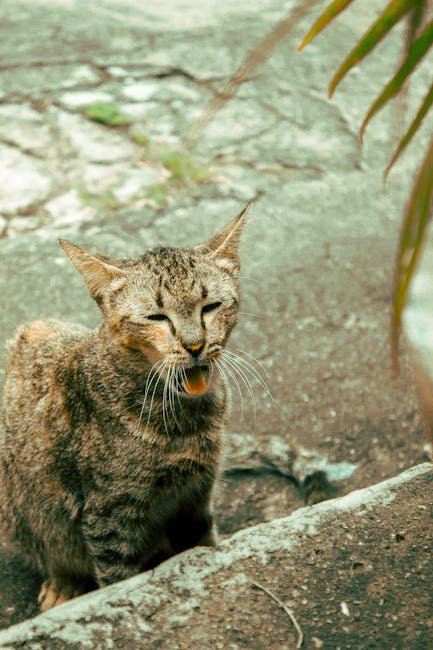
Many cat owners have noticed a change in their pet’s behavior when they themselves are unwell. Cats may become more affectionate, seeking to cuddle or sit close to their owners. Alternatively, they might become more aloof, possibly sensing something amiss. This change in behavior can be attributed to their instinctual response to changes in their owner’s bodily scent or behavior, which might be altered due to illness.
Smelling Chemical Changes

When a human is ill, their body chemistry can change. This can include alterations in sweat, breath, or general body odor. Cats, with their advanced olfactory abilities, can detect these changes. They may notice a difference in the scent of your skin or breath, which can trigger a change in their behavior toward you. It’s a subtle yet significant way they use their senses to understand the world around them.
Responding to Emotional Cues
Cats are also attuned to the emotional states of their owners. They can sense when you are stressed, anxious, or upset, often responding by providing comfort or companionship. This sensitivity is likely due to their ability to read body language and vocal tones, picking up on cues that indicate distress or discomfort. Their response can be soothing, offering a warm presence that can help alleviate stress.
Observing Physical Behavior
Cats are observant creatures, often watching their owners closely throughout the day. They can notice changes in your physical behavior, such as difficulty in movement, altered posture, or variations in energy levels. These observations can lead them to adjust their behavior, either by being more supportive and present or by giving you space when they sense you need it.
Understanding Vocal Changes
Just as cats can detect changes in physical behavior, they can also pick up on shifts in vocal tones. If an owner is ill, they might speak more softly, with less energy, or with a different tone. Cats, sensitive to these changes, may react by being more attentive or altering their own vocalizations in response.
Cats as Comfort Providers
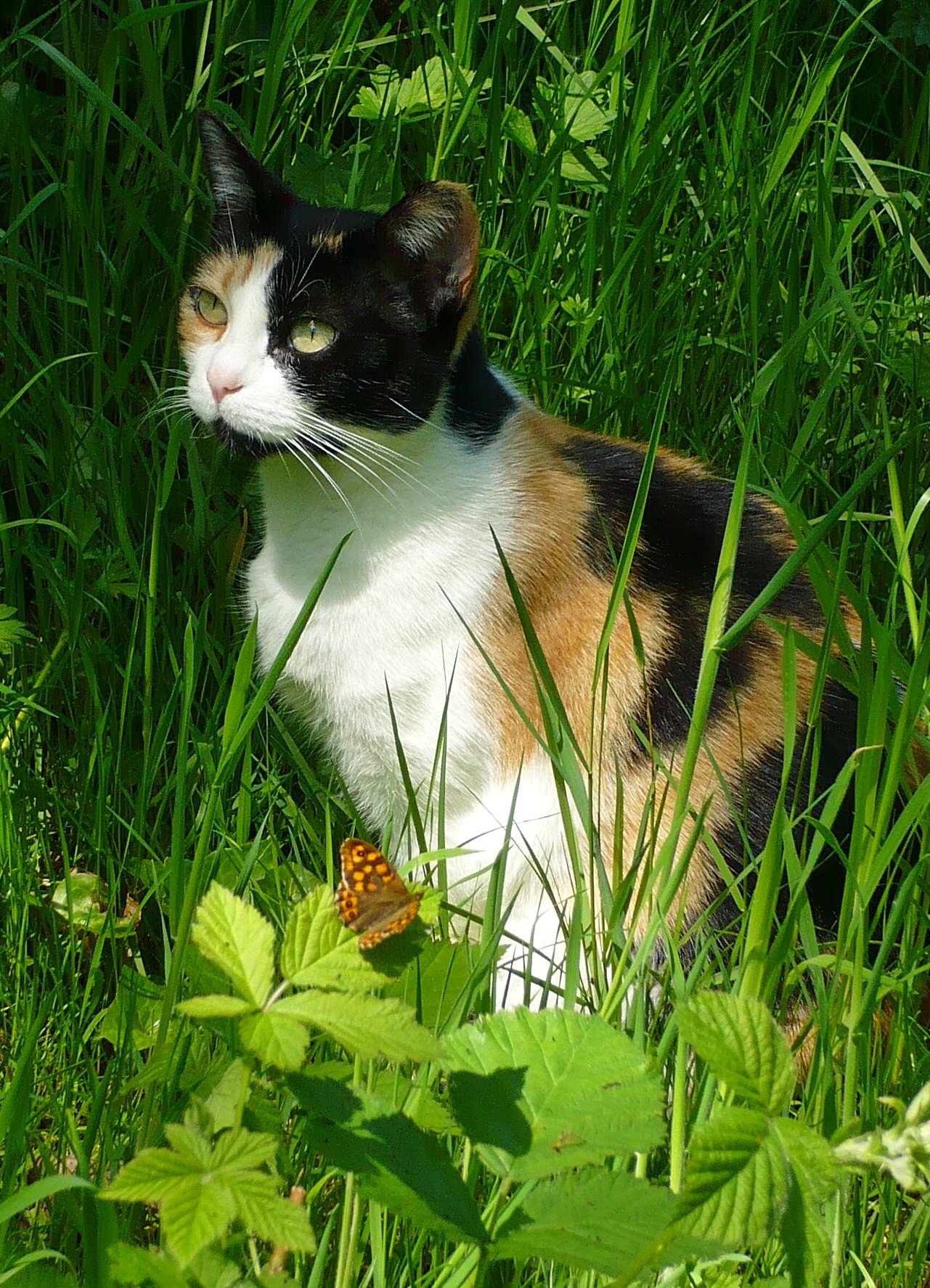
When owners are ill, cats often become comfort providers, offering warmth and companionship. They may curl up next to you as you rest, providing a soothing presence. This behavior is not only comforting for the owner but also demonstrates the cat’s ability to respond empathetically to the needs of their human companions.
The Role of Routine
Cats are creatures of habit and thrive on routine. When an owner’s health changes, their routine might shift, which a cat will undoubtedly notice. This disruption can prompt a cat to investigate further, often leading them to become more involved in their owner’s daily activities, providing support and companionship.
Historical Accounts of Feline Intuition
Throughout history, there have been numerous accounts of cats seemingly predicting or detecting health issues in their owners. These stories, often passed down through generations, highlight the believed intuitive abilities of cats to sense illness or emotional distress. While anecdotal, they illustrate the deep bond between cats and their owners.
Cats and Chronic Illness Detection
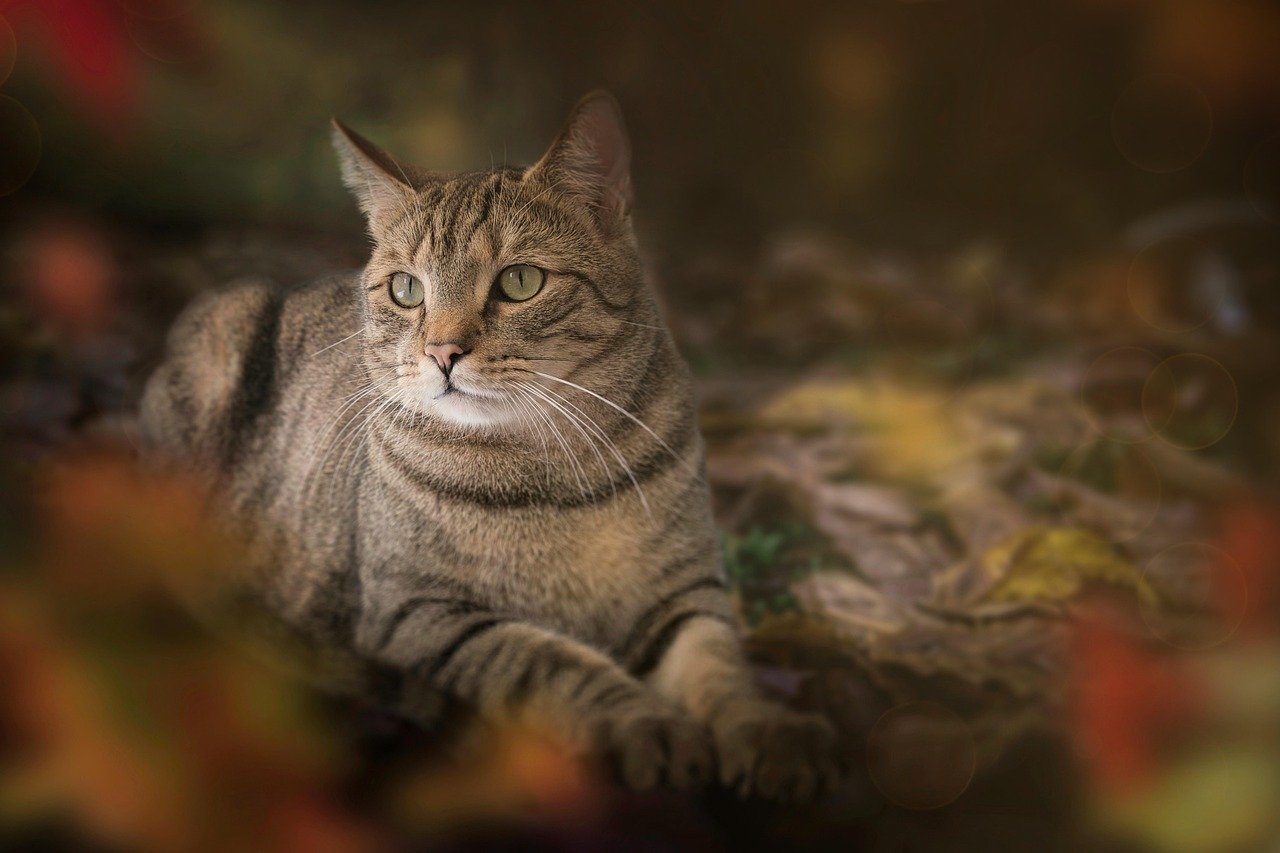
In some cases, cats have been reported to detect chronic illnesses such as cancer. While scientific research on this is limited, some experts believe that cats might pick up on the chemical changes associated with such illnesses. This potential ability highlights the need for further study into the extraordinary capabilities of our feline friends.
The Science Behind Feline Intuition

While much of the evidence is anecdotal, some scientific studies have begun to explore the abilities of cats to detect changes in human health. These studies often focus on the olfactory and behavioral responses of cats to changes in human scent and behavior, providing a glimpse into the potential mechanisms behind their intuition.
Training Cats for Health Detection
Although not as common as dogs, some researchers are exploring the possibility of training cats to detect specific health conditions. This training focuses on harnessing their natural abilities to identify changes in scent or behavior, potentially offering a new avenue for health monitoring.
The Emotional Bond Between Cats and Owners
The strong emotional bond between cats and their owners plays a significant role in a cat’s ability to detect health changes. This bond, built on trust and familiarity, allows cats to notice and respond to subtle changes in their owner’s health, reflecting the deep connection they share.
Limitations of Feline Detection
Despite their impressive abilities, it’s important to recognize the limitations of feline health detection. Not every cat will respond to health changes in the same way, and their responses can vary based on personality, environment, and the specific health issue. Understanding these limitations can help manage expectations regarding a cat’s intuitive abilities.
Comparisons with Canine Detection
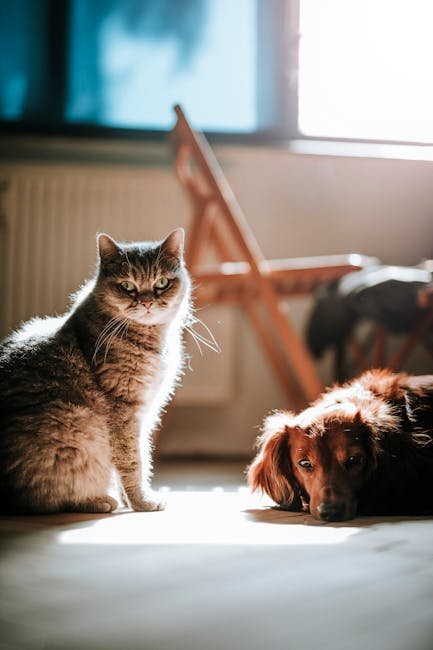
While dogs are often lauded for their health detection abilities, cats offer a unique approach that is equally valuable. Comparing the two highlights the differences in their methods and responses, showcasing the diverse ways animals can aid in health awareness.
Practical Applications of Feline Detection
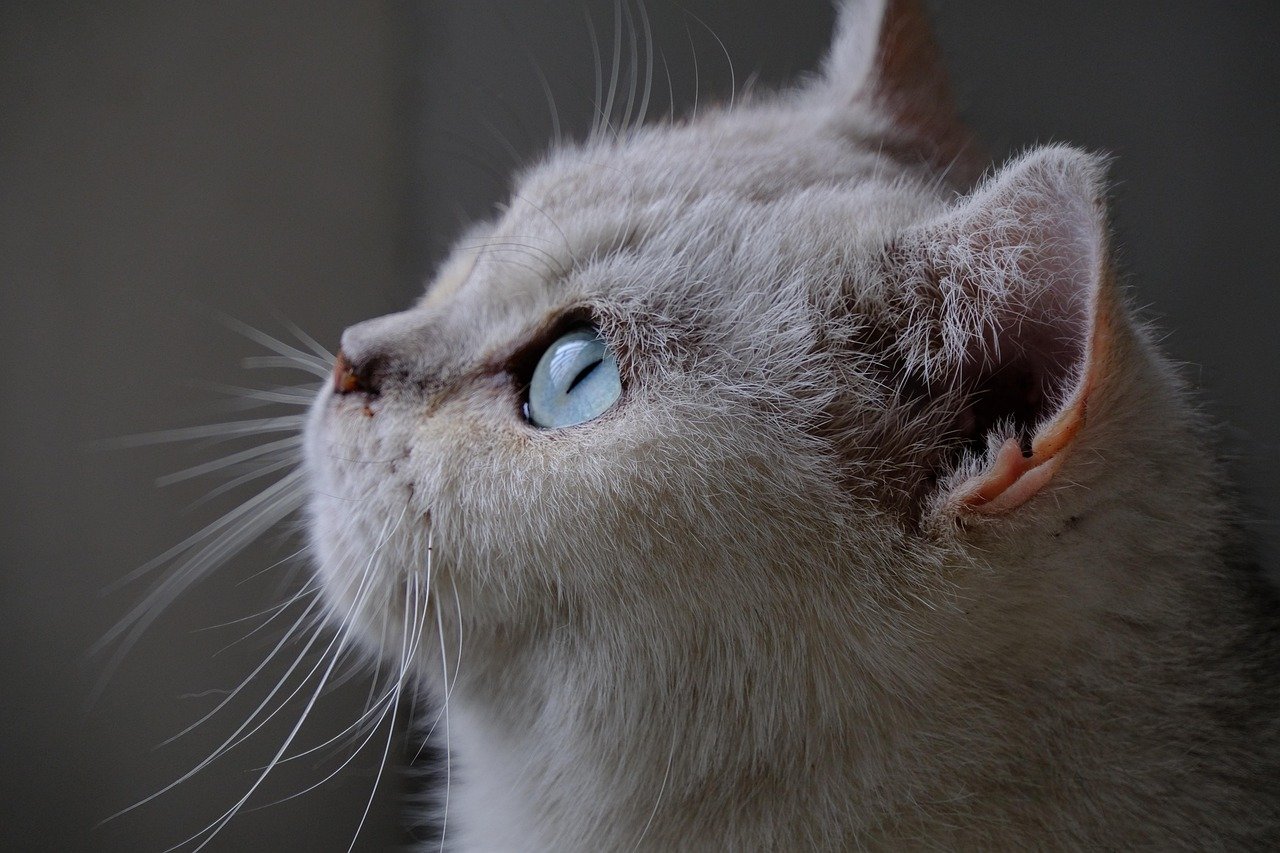
The potential applications of feline health detection are varied, ranging from providing emotional support to serving as early warning indicators of health changes. Understanding these applications can help cat owners appreciate the value of their pet’s intuitive abilities.
Cats in Therapeutic Roles
Beyond detection, cats often serve therapeutic roles for their owners. Their presence can provide comfort and stress relief, aiding in the recovery process. This therapeutic aspect underscores the multifaceted benefits of having a cat as a companion.
Enhancing the Human-Cat Bond
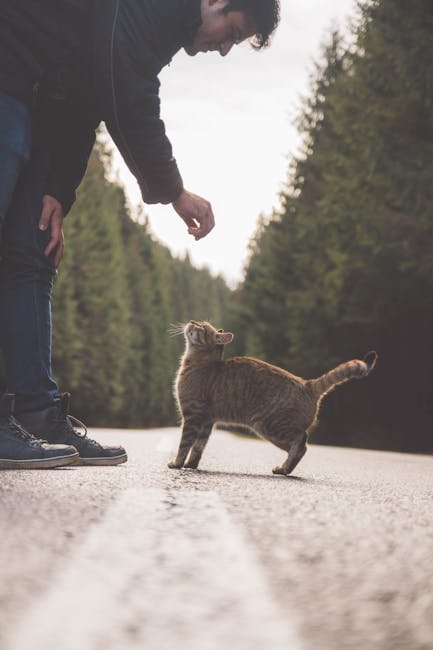
To fully appreciate and benefit from a cat’s intuitive abilities, fostering a strong bond is crucial. Spending quality time, understanding their behavior, and maintaining a consistent routine can enhance this bond, allowing both the owner and the cat to thrive.
Future Research Directions
As interest in animal-assisted therapy and detection grows, future research may unlock even more insights into the capabilities of cats. Investigating their potential further can lead to new applications and a deeper understanding of the human-animal bond.
In conclusion, while the scientific understanding of cats’ abilities to detect health changes is still developing, the anecdotal evidence and emerging research suggest that our feline friends possess a remarkable intuition. Their ability to sense subtle changes in their owner’s health is a testament to the deep bond shared between cats and humans.
Hi, I’m Bola, a passionate writer and creative strategist with a knack for crafting compelling content that educates, inspires, and connects. Over the years, I’ve honed my skills across various writing fields, including content creation, copywriting, online course development, and video scriptwriting.
When I’m not at my desk, you’ll find me exploring new ideas, reading books, or brainstorming creative ways to solve challenges. I believe that words have the power to transform, and I’m here to help you leverage that power for success.
Thanks for stopping by, Keep coming to this website to checkout new articles form me. You’d always love it!






